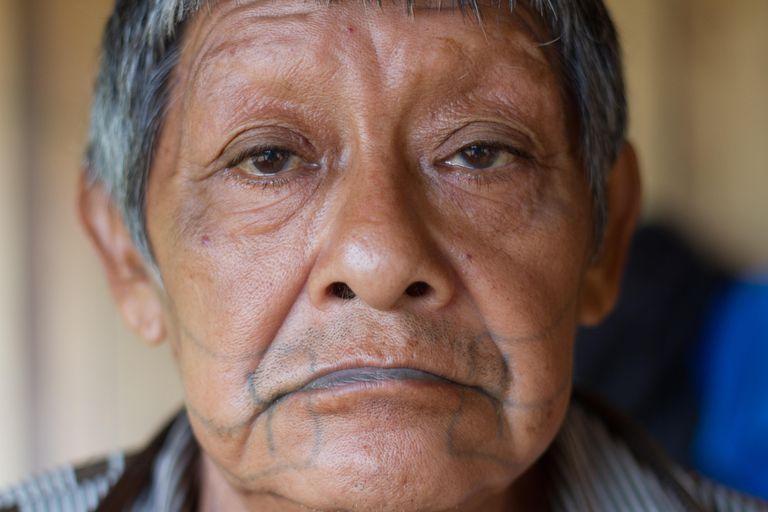The Extinction of a People

The New York Times’ coverage of those who have died from COVID-19 has been notable in that it has profiled so many indigenous leaders, both in the United States and Latin America. Everyone from Navajo leaders to people in Amazonian tribes have received obituaries. It’s not much in terms of material change, but it is a recognition of the horrors of the pandemic on indigenous people. I’ve meant to write briefly about this for some time. But this incredibly sad tale is getting me to finally do it.
Aruká Juma saw his Amazon tribe dwindle to just a handful of individuals during his lifetime.
Numbering an estimated 15,000 in the 18th century, his people were ravaged by disease and successive massacres by rubber tappers, loggers and miners. An estimated 100 remained in 1943; a massacre in 1964 left only six, including him.
In 1999, with the death of his brother-in-law, Mr. Juma, who like many Indigenous Brazilians used his tribe’s name as his surname, became the last remaining Juma male. The tribe’s extinction was assured.
Mr. Juma died on Feb. 17 in a hospital in Pôrto Velho, the capital of the Brazilian state of Rondônia. He was believed to have been between 86 and 90 years old. The cause was Covid-19, his grandson Puré Juma Uru Eu Wau Wau said.
As the last fluent speaker of the tribe’s language, Mr. Juma’s death means that many of the tribe’s traditions and rituals will be forever lost.
These stories are much greater than just the pandemic. That’s just the latest part of a 500 year story of dispossession, genocide, murder, and disease. Because of the size of the Amazon, some of this is just reaching the tribes in this area over the last few decades. The story here though is no different than in the 16th century for tribes that were more accessible to European conquest. Many peoples have died out, cultural traditions and languages lost, never to be recovered. It’s a very sad moment in global history.


